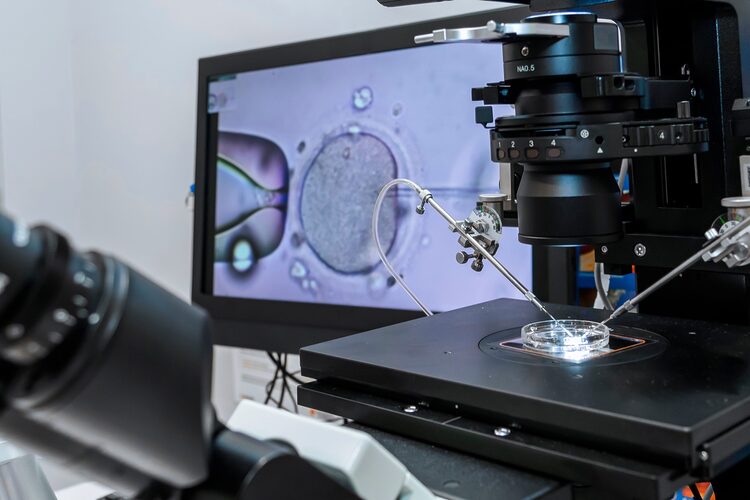Becoming an Olympian is the goal of many women who are professionally dedicated to sport, and it is a long-distance race of great intensity that usually lasts for years. A very high level of physical demand that can sometimes affect menstruation due to a low level of estrogen, sudden weight changes that can lead to very low levels of fat. All of this can lead to difficulties in becoming mothers in the future if they so wish.
Hormonal imbalance can be the consequence of intense sporting activity, often accompanied by the stress generated by competitive sport. This drop in oestrogen levels is sometimes due to a specific cause or it can also be a combination of causes. This is when amenorrhea appears, as the body suppresses the menstrual cycle to compensate for these deficiencies that affect the physique of sportswomen.
This is how Dr. Anabel Salazar, gynecologist and director of IVI Madrid, explains it: “Amenorrhea is quite common in women of reproductive age who are physically active, as there is an imbalance between the calories provided by the diet and the energy consumed. As a result, the hormones that regulate ovarian function are affected. If it occurs occasionally, it does not necessarily cause a long-term problem. However, amenorrhea that continues for a long period of time can cause infertility, that is, problems getting pregnant naturally.”

How does hormonal cycle regularity affect high-intensity training?
It is essential that the technical teams of female athletes are familiar with the physiological characteristics of women and the functioning of the endocrine system. This is important, since the release of hormones influences their performance and directly affects their strength, endurance and flexibility.
Another essential pillar for any athlete is nutrition, since in addition to enhancing their performance, it also affects their hormonal cycle. “If the exercise physical High intensity is not accompanied by a good diet based on proteins, quality fats and carbohydrates can cause disorders hormonal, as they are key ingredients for he cycle hormonal is maintained on a regular basis. The aforementioned low weight in combination with macronutrient deficiency and high-intensity exercise contributes to a shortening of the luteal phase (the period between ovulation and menstruation), the alteration of hormone secretion and, consequently, a decrease in estrogen levels. However, it is important to emphasize that this situation is reversible if it does not persist for a long time.” comments Dr. Salazar.
With all this, it is important that women who are dedicated to sport professionally (and especially those high-performance athletes) are informed about all this, both to maximize their performance, and if one day they decide to take the step to become mothers and so that their demanding profession does not influence so much when it comes to achieving it. Having all the information on this subject and knowing better how these circumstances can affect can be decisive when making decisions about their personal and professional future.
“Seeking medical advice to plan for possible motherhood, even by opting to preserve fertility at an early age, is not incompatible with a successful and long-term sports career. Egg vitrification, in this sense, offers these women the possibility of preserving their gametes at the age and quality at the time they are vitrified and for them to remain that way for the time necessary until the athletes complete their professional goals and/or decide that it is time to fulfill their maternal desire. It will then be when they can have access to their eggs with the same quality as at the time of their vitrification, offering them the possibility of being mothers with their own gametes,” concludes Dr. Salazar.











